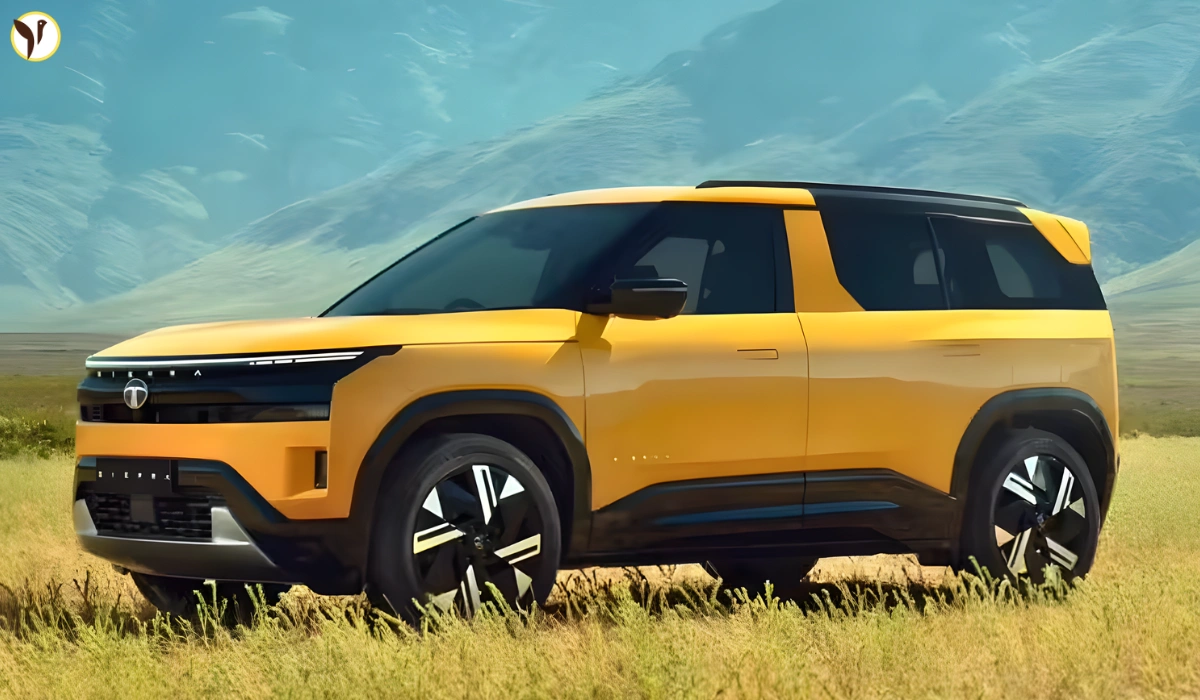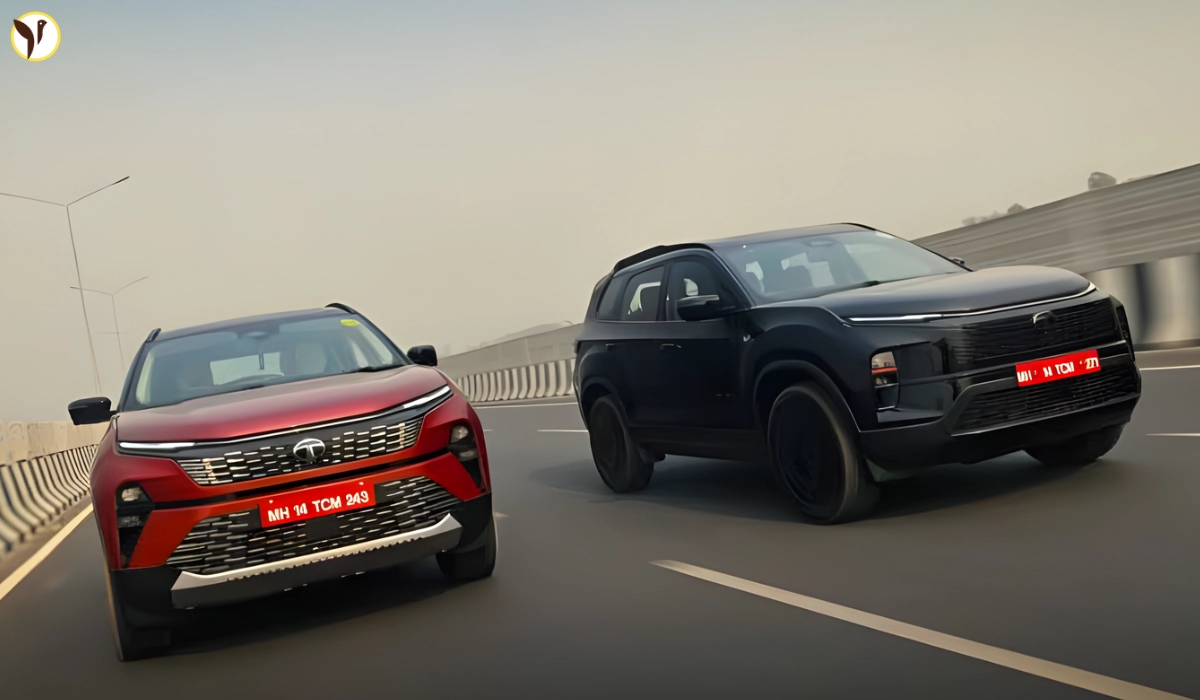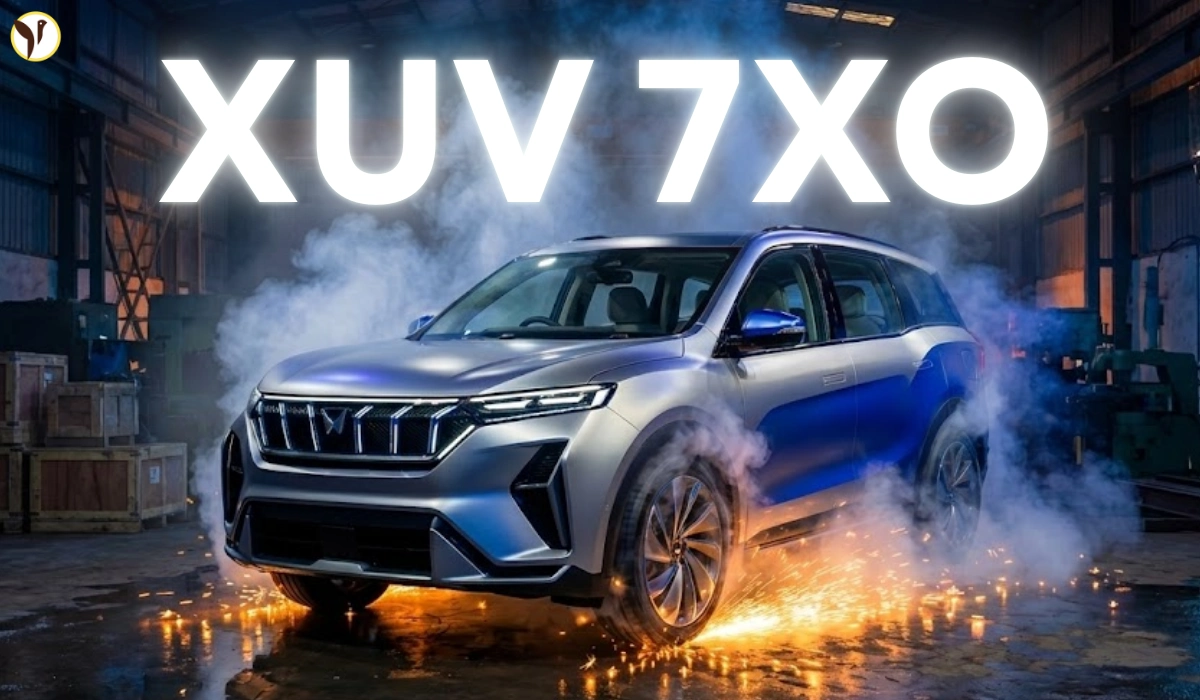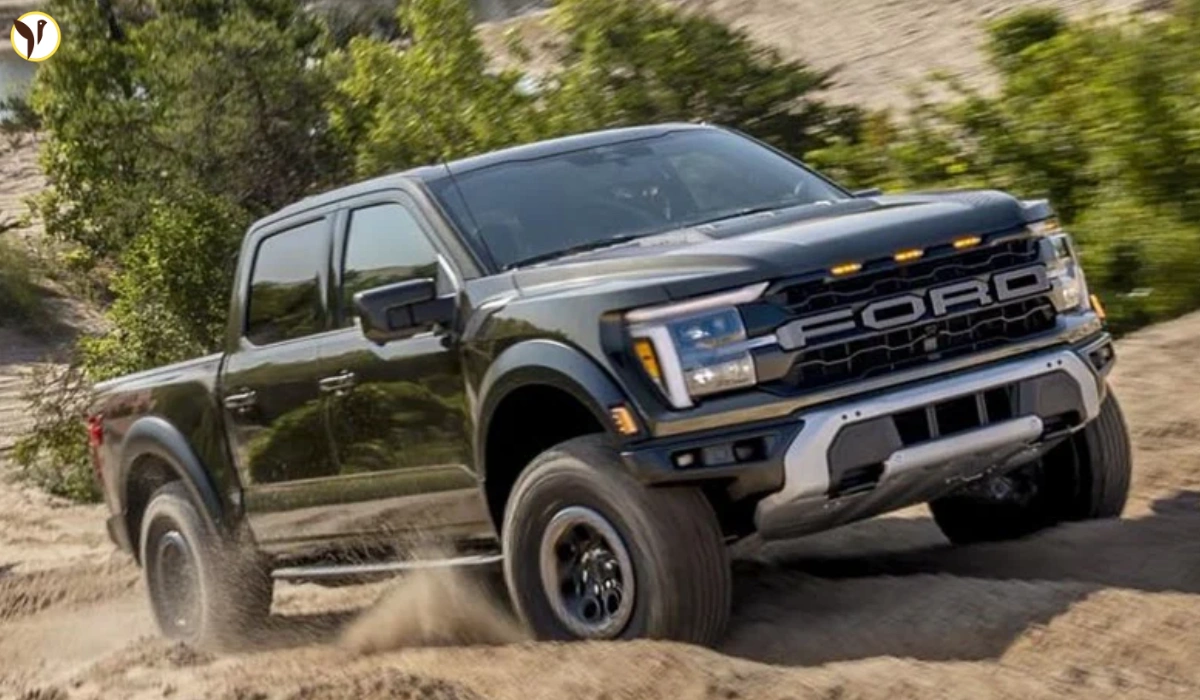If you're in the process of purchasing a new vehicle or checking out a used vehicle for sale, you've certainly seen the terms "moonroof" and "sunroof." While the two may sound similar, moonroofs and sunroofs have many different merits, demerits, and implications for your lifestyle, experience, and vehicle value. But how do you know what's right for you?
This guide carefully unpacks the differences between a moonroof and a sunroof, breaking down their histories, construction, distinctions, and practical advantages. After reading this guide, you will know which of these two is best suited to your tastes and driving style.
Moonroof vs Sunroof: A Quick Overview
To clear up any initial confusion, here’s a high-level comparison of the two:
|
Feature |
Sunroof |
Moonroof |
|---|---|---|
|
Material |
Opaque metal or body-colored |
Tinted or transparent glass |
|
Opens? |
Often removable or tilt-up |
Slides or tilts open; always glass |
|
Visibility When Closed |
No visibility |
Always offers an outside view |
|
Found in |
Older or budget cars |
Modern vehicles, especially luxury trims |
History and Evolution
Sunroof: The First Roof Window
The history of the sunroof goes all the way back to the 1930s. At that time, sunroofs were just simple metal panels that could be tilted or detached, essentially ventilating a cabin with little fuss. As they were a cheap and practical addition, they gained popularity in the middle of the century, although it wasn’t until you opened them all the way that you enjoyed natural light.
Moonroof: A Luxury Addition
When we jumped to the 1970s when the moonroof debuted on Ford’s Lincoln Continental Mark IV. A moonroof was different in that it had a transparent, sliding (or whatever the designers said it would do in 1970s symmetry) glass panel that gave the driver and passengers panoramic views and would allow light if closed or open. This became the prefered premium option (not that they don’t coexist) but would ultimately replace the sunroof on most of today’s vehicles.
Fun fact: Despite the differences in construction and handling, today many brands all categorize the moonroof under the sunroof umbrella, further welding the two terms together.
Feature Breakdown
1. Glass Type
The primary MEMEius distinction between sunroofs and moonroofs is their glass.
Sunroofs are usually opaque in color, either metal or body-colored when done. They completely block light and outside visibility when in the closed position.
Moonroofs have tinted or transparent glass which will allow natural light and view-all open-air when in the closed position.
Verdict: If you like your car cabin to feel open and be light with natural light, then the moonroof definitely gives you that capability.
2. Opening Mechanism
Sunroofs usually open by being moved up and down until it opens fully and in some models be totally removed. Since the repair aspect is easier, it is always cheaper.
Moonroofs are electronic based, usually slide underneath the headliner and roof, or opens up in the air for ventilation.
Verdict: Moonroofs have the advantage of having it be electric and being a more modern form.
3. UV Protection
Moonroofs often come with UV protective glass which keeps heat buildup minimal and protects one's eyes from UV sunlight. Sunroofs reject sunlight because they are opaque.
Verdict: If you live in a bright sun climate or like a natural light that doesn't burn a hole in your pocket, the moonroof is the better option.
Pros and Cons of Each
Sunroof

Advantages:
- A simpler design means repairs can be less costly
- Blocks the sun completely (no glare or heat)
- Could be more efficient when the weather is cold
Disadvantages:
- No natural light if the sunroof is closed
- Less modern/appealing
- Less common in newer vehicles
Moonroof

Advantages:
- Bright and open cabin feel
- More modern feel/appearance
- Continues to let in light even when closed
- Value on premium trims (you will pay more to get the moonroof and it is rarely standard)
Disadvantages:
- Could make the cabin hotter in the summer months
- More costly to repair/replacement
- Potential leaks and/or wind noise over time
Which One Should You Choose?
For Weather Conditions:
Cold Weather: Sunroofs are probably less useful than the insulated and dark sunshades in a car that has a moonroof.
Hot Weather: Moonroofs are tinted and have UV protection that allow sun exposure while reducing heat. Just make sure it comes with a sunshade.
For Resale:
Moonroofs really help resale value in sedans, SUVs, and luxury cars. Sunroofs are not used in many cars now and do not have the same resale value as a modern feature for today's market.
For Luxury and Aesthetic:
Moonroofs definitely add a luxury and aesthetic appeal to vehicles. The added visibility, soft ambient light, and good views add to the driving experience.
Final Thoughts on Choosing Between a Moonroof and a Sunroof
When deciding on a sunroof or a moonroof just ask yourself two quick questions:
- Do you want just a simple, functional feature at a lower cost (sunroof)?
- Do you want modern aesthetics, open views, and resale (moonroof)?
For most modern day drivers, a moonroof seems to cover all the bases. It offers light exposure, convenience, aesthetic, and resale all in one trendy element in modern vehicles.
Whether you’re upgrading your ride or evaluating a used car, understanding these features ensures you’ll make a smarter choice. Whichever roof you pick, happy driving with a little more sky in your view!









